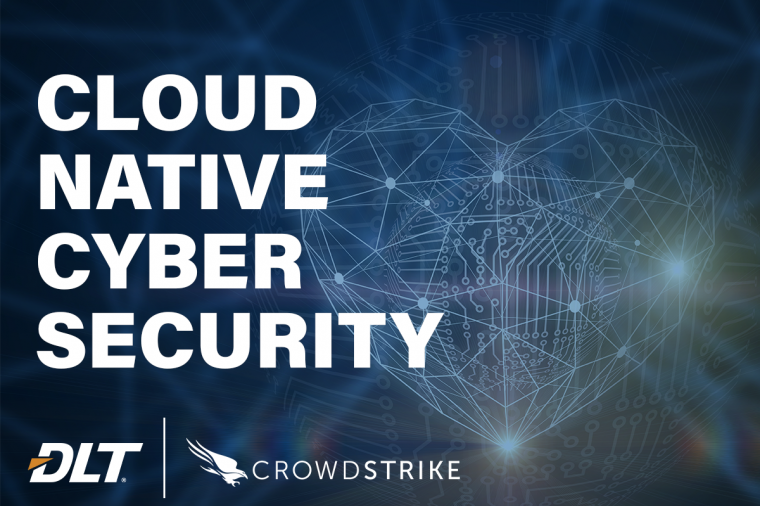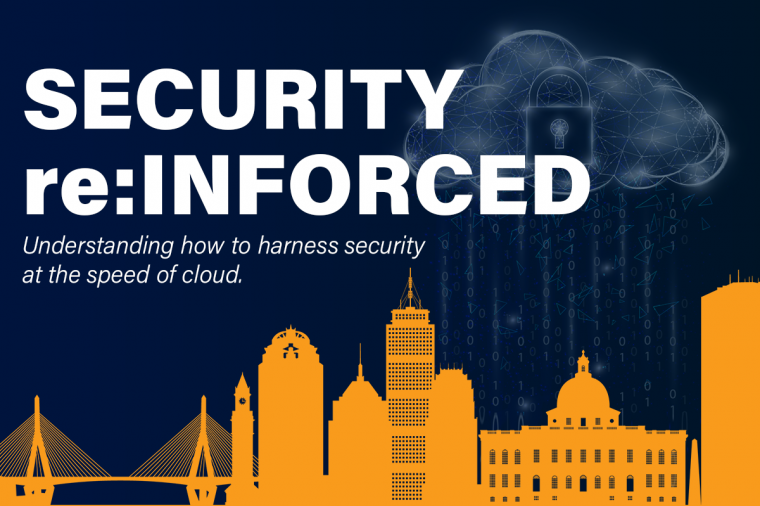Cybersecurity, IT Perspective
Every Federal IT pro knows that security threats are a top agency priority. Yet, according to the SolarWinds 2019 Cybersecurity Survey, those threats are increasing—particularly the threat of accidental data exposure from people inside the agency.
Cybersecurity
Capital One has announced that about 140,000 Social Security numbers and 80,000 linked bank accounts were compromised “in one of the biggest-ever data breaches,” affecting some 100 million individuals in the U.S. and 6 million in Canada.
Cybersecurity, Healthcare
More and more organizations are making the move to cloud-based security solutions. Today, 33 percent of organizations are planning to adopt one or more security-as-a-service (SECaaS) solutions. The efficiency with which endpoint security solutions can provide protection, particularly when delivered as-a-service, is a key strategic consideration for many organizations – perhaps none more so than America’s network of medical schools and teaching hospitals.
Cloud Computing, Cybersecurity
It’s often said that there are two types of organizations: those that have been hacked, and those that will be – turning the conversations around security breaches from ‘what if?’ to ‘when?’.
Isabella Jacobovitz
Business Applications
If your agency has already implemented some form of application security, you’re already ahead of the curve. But your program may still have room for improvement.
To help you take your application security (AppSec) program to the next level, we’ve put together this list of best practices from DLT partner, Veracode.
1. Shift Left
IT Perspective, Uncategorized
The latest data on the progress of federal government agencies’ implementation of the Federal Information Technology Acquisition Reform Act (FITARA) was released on June 26 by the House Oversight and Reform Committee as Scorecard 8.0.





